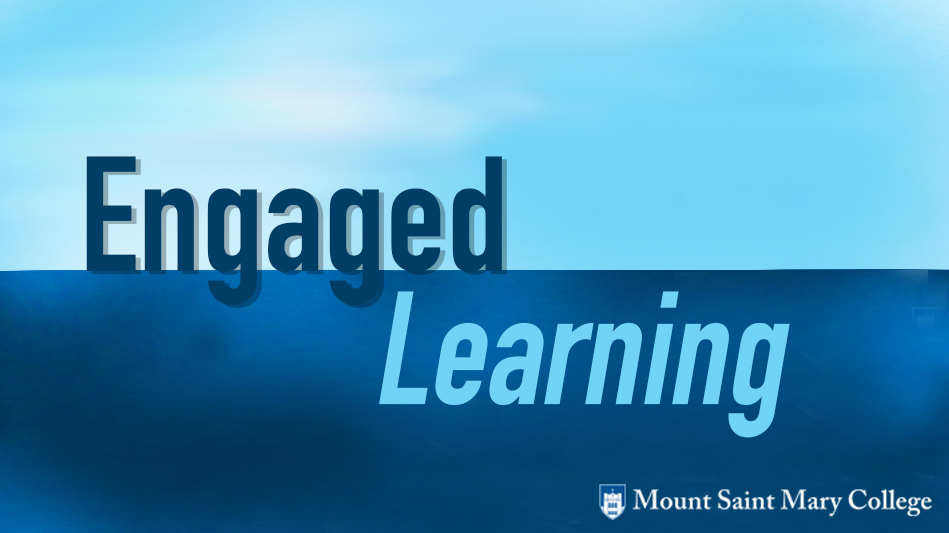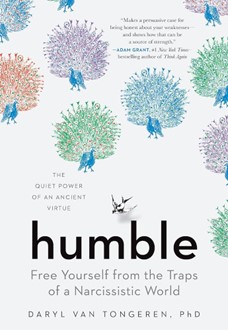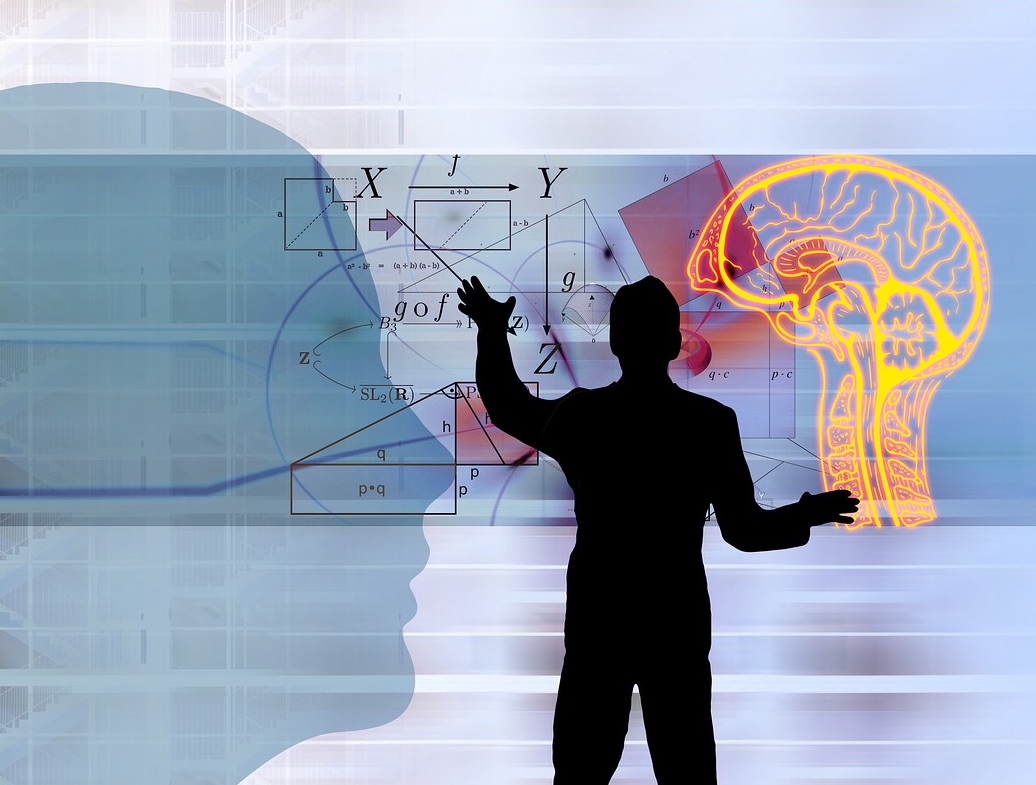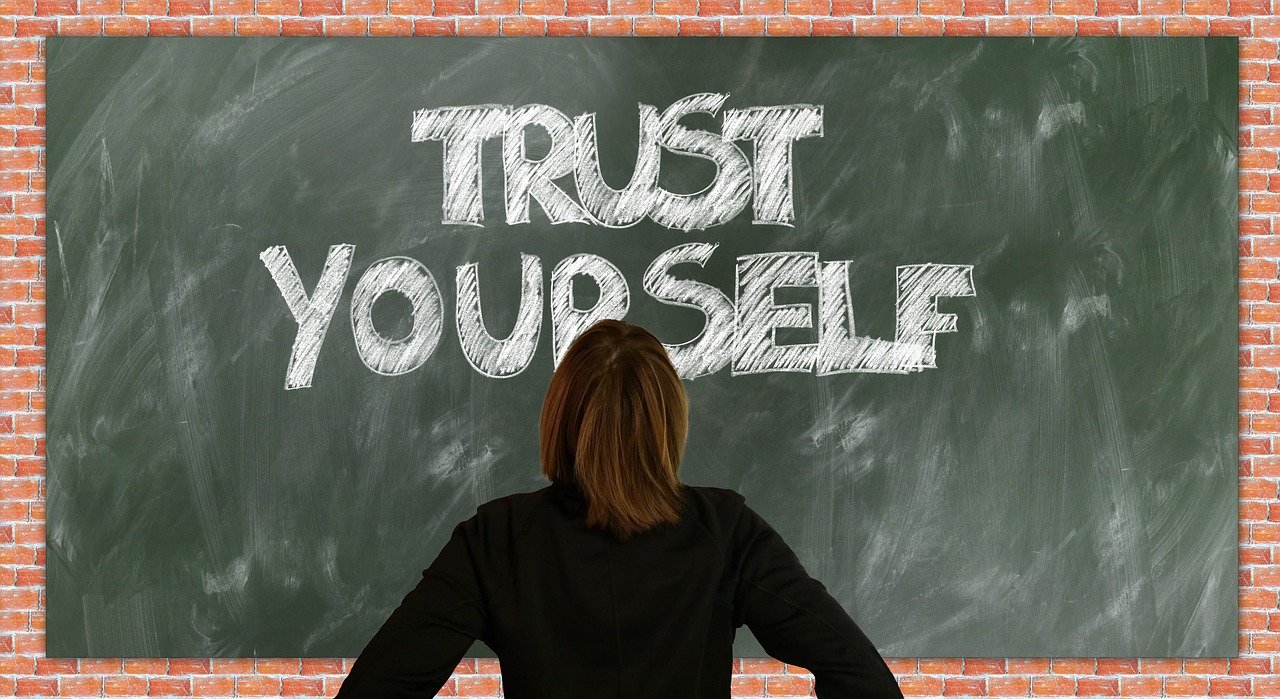by Jason Lodge, Melbourne Centre for the Study of Higher Education, University of Melbourne
Confidence is generally seen as a positive attribute to have in 21st Century Western society. Confidence contributes to higher self-esteem, self-reported happiness. It apparently makes someone more attractive and leads to better career outcomes. With such strong evidence suggesting the benefits of confidence, it is no wonder that building confidence has become a major focus within many sectors, particularly in professional development and education.
Despite the evidence for the benefits of confidence, it has a dark side that is overconfidence. There are many occasions where it is problematic to overinflate our skills or abilities. Learning is one of the most obvious examples. According to the (in)famous Dunning-Kruger effect, unskilled learners are often unaware that they are in fact unskilled. The issue here is that those who are low in knowledge of an area are often ignorant to how much they don’t know about the area.
Overconfidence is particularly problematic for students when considering how important it is to make relatively accurate estimates about how they are progressing. For example, if a student is overconfident about their progress, they may decide to stop reviewing or revising a topic prematurely. If students have a difficulty in accurately self-evaluating their learning it can lead them to being underprepared to use the knowledge, for example in an exam or when they need it in practice.
Being wrong can be good
One of the main problems with overconfidence is that students can fail to correct misconceptions or realise that they are wrong. Being wrong or failing has been long seen as negative educational outcomes.
Recent research on productive failure (e.g. Kapur, 2015) has shown, however, that being wrong and coming to realise it is a powerful learning experience. As opposed to more traditional notions of error-free learning, researchers are now starting to understand how important it is for learners to make mistakes. One of the necessary conditions for errors to be effective learning experiences though is that students need to realise they are making them. This is a problem when students are overconfident because they fail to see themselves failing.
There is a silver lining to overconfidence when it comes to making mistakes though. Research on a process called hypercorrection demonstrates that when learners are highly confident but wrong, if the misconception can be corrected, they have a much more effective learning experience (Butterfield & Metcalfe, 2001). In other words, overconfident students who realise that they are wrong about something tend to be surprised and that surprise means they are more likely to learn from the experience.
How metacognition helps with overconfidence
While hypercorrection has potential for helping students overcome misconceptions and achieve conceptual change, it doesn’t happen automatically. One of the main prerequisites is that students need to have enough awareness to realise that they are wrong. The balance between confidence and overconfidence is therefore precarious. It is helpful for students to feel confident that they can manage to learn new concepts, particularly complex and difficult concepts. Confidence helps students to persist when learning becomes difficult and challenging. However, students can have this confidence without necessarily engaging in careful reflective processing. In other words, confidence is not necessarily related to students being able to accurately monitoring their progress.
On the other hand though, it can be easy for students to feel confident in their knowledge of certain misconceptions. This is particularly so if the misconceptions are intuitive and based on real world experience. It is common to have misconceptions about physics and psychology for example because students have vast experience in the physical and social world. This experience gives them intuitive conceptions about the world that are reinforced over time. Some of these conceptions are wrong but their experience gives students high levels of confidence that they are right. Often careful observation or deliberate instructional design is required to shift students’ thinking about these conceptions.
Metacognition is critical in allowing students to monitor and detect when they are making errors or have incorrect conceptions. With misconceptions in particular, students can continue to believe false information if they don’t address the process at which they arrive at a conclusion. Often, overcoming a misconception requires dealing with the cognitive disequilibrium that comes from attempting to overwrite an intuitive conception of the world with a more sophisticated scientific conception.
For example, intuitively a heavy object like a bowling ball and light object like a feather will fall at different rates but, when observing both being dropped simultaneously, they fall at the same rate. The observation causes disequilibrium between the intuitive notion and the more sophisticated understanding of force and gravity encapsulated by Newton’s second law. Generally, overcoming this kind of disequilibrium requires students to shift strategies or approaches to understanding the concept to redress the faulty logic they relied on to arrive at the initial misconception. So in this example, they need to develop a higher-level conception of gravity that requires shifting from intuitive notions. Recognising the need for this shift only comes through metacognitive monitoring and effective error detection.
So metacognition is often necessary for correcting misconceptions and is particularly effective when students are confident about what they think they know and have the realisation that they are wrong. Overconfidence can therefore be managed through enhanced metacognition.
The research on confidence and hypercorrection suggests that it is good for students to be confident about what they think they know as long as they are prepared to recognise when they are wrong. This requires an ability to be able to detect errors and, more broadly, calibrate their perceived progress against their actual progress. While teachers can help with this to a degree through feedback and scaffolding, it is vital that students develop metacognition so that they can monitor when they are wrong or when they are not progressing as they should be. If they can, then there is every chance that the learning experience can be more powerful as a result.
References
Butterfield, B., & Metcalfe, J. (2001). Errors committed with high confidence are hypercorrected. Journal of Experimental Psychology. Learning, Memory, and Cognition, 27(6), 1491–1494. DOI: 10.1037/0278-7393.27.6.1491
Kapur, M. (2015). Learning from productive failure. Learning: Research and Practice, 1(1), 51–65. DOI: 10.1080/23735082.2015.1002195




